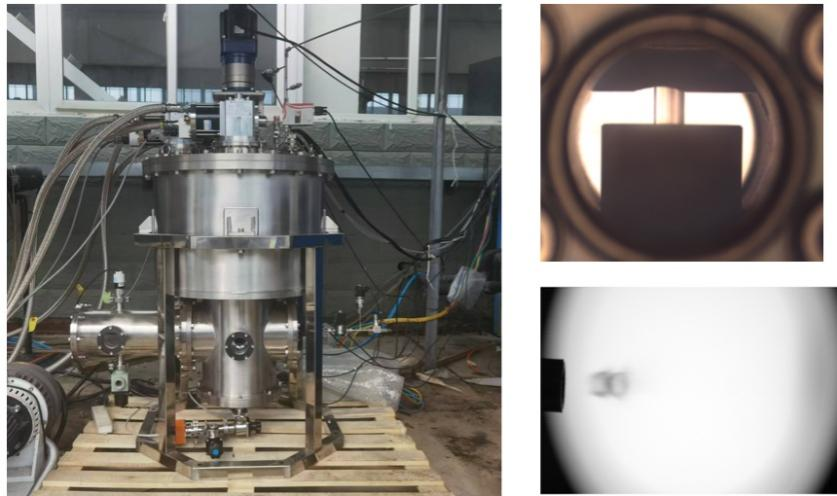
A joint research team from Hefei Institutes of Physical Science of the Chinese Academy of Sciences has successfully developed a continuous cryogenic pellet injection system for tokamak fueling. This innovative system addresses key technical challenges associated with cryogenic ice formation, pellet cutting, and launching.
Cryogenic pellet injection is a state-of-the-art technique in fusion research. It involves condensing hydrogen isotopic gases into solid ice pellets, which are then accelerated and injected into plasma. This method allows for deep particle injection and high fueling efficiency, making it crucial for the future of fusion reactors.
It is recognized as a critical fueling technology for next-generation fusion devices, including the International Thermonuclear Experimental Reactor (ITER), the China Fusion Engineering Test Reactor (CFETR), and the European Demonstration Fusion Reactor (EU-DEMO).
The new system is capable of launching pellets with a volume of up to 12 mm³ per shot, with an adjustable firing frequency ranging from 1 to 10 Hz. Additionally, it can achieve a maximum pellet velocity exceeding 300 m/s, comparable to the performance of international counterparts.
The system successfully passed its factory acceptance test recently on the first attempt.
This system will soon be installed on the EAST Tokamak, where it will contribute to high-density and high-confinement plasma experiments, according to the team.

Photographs and Test Results of the Pellet Injection Fueling System (Image by HOU Jilei)

86-10-68597521 (day)
86-10-68597289 (night)

52 Sanlihe Rd., Xicheng District,
Beijing, China (100864)

